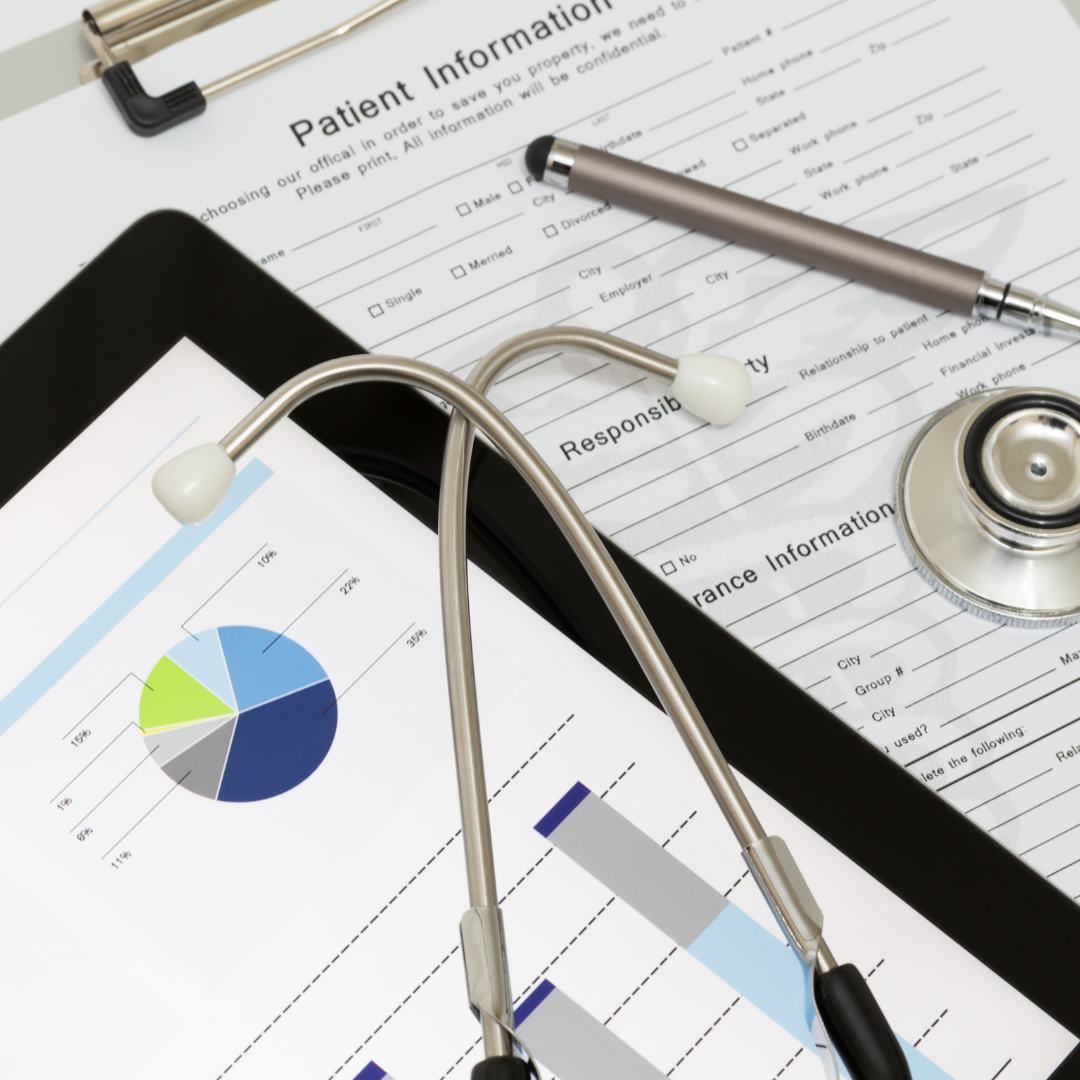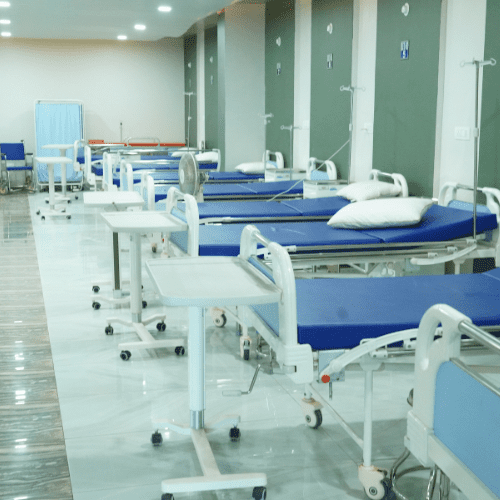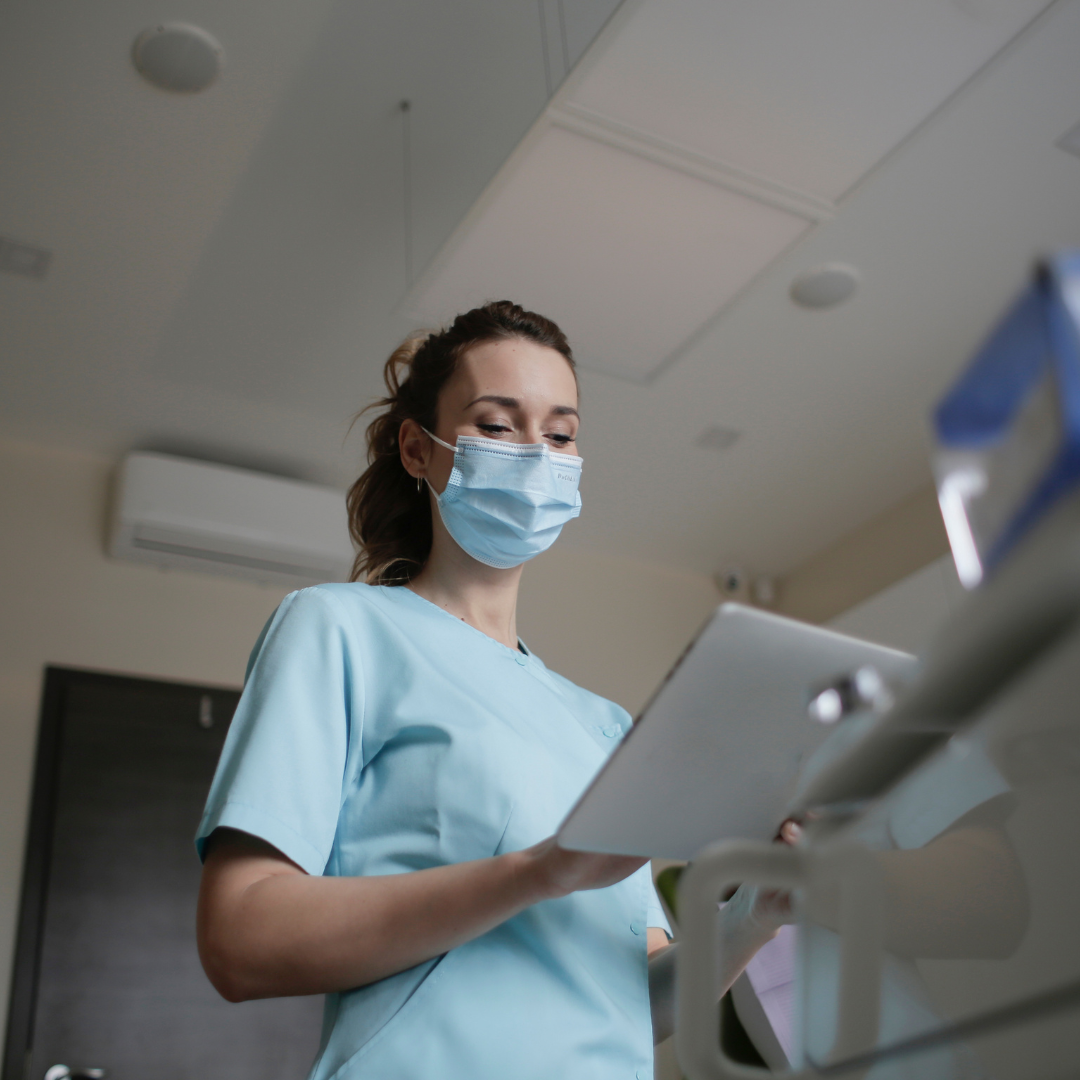In recent years, advancements in technology have led to the emergence of wearable biosensors as pivotal tools in the realm of health monitoring. These devices are designed to continuously collect physiological data, providing real-time insights into an individual’s health status. This article explores the developments in wearable biosensors, their role in real-time disease detection, and the implications for future healthcare practices.
Advancements in Wearable Biosensors for Health Monitoring
Wearable biosensors have made significant strides in terms of miniaturization, accuracy, and functionality. Modern biosensors can measure a wide array of physiological parameters such as heart rate, body temperature, glucose levels, and even biochemical markers indicative of specific health conditions. The integration of microelectronics and advanced materials has paved the way for more sensitive and reliable sensors, allowing for the efficient capture of data in a variety of environments. Furthermore, advancements in wireless communication technologies enable seamless data transmission to smartphones or cloud-based platforms, facilitating real-time health monitoring.
The development of biosensors equipped with machine learning algorithms has further enhanced their capabilities. These algorithms analyze vast amounts of collected data to identify patterns and anomalies that may signify health issues. For instance, wearable devices can now detect irregular heart rhythms or fluctuations in glucose levels, prompting users to consult healthcare professionals at the earliest signs of potential problems. Additionally, the incorporation of artificial intelligence into these biosensors allows for personalized health insights, adapting recommendations based on individual health metrics and lifestyle choices.
The increasing acceptance of wearable biosensors is also due to their user-friendly design and accessibility. Many devices are now designed to be aesthetically pleasing and comfortable, encouraging users to wear them consistently. This shift toward consumer-oriented designs has resulted in a broader adoption among various demographics, including those who may not typically engage with traditional health monitoring methods. As the technology continues to evolve, it is likely that wearable biosensors will become an integral part of everyday health management, empowering individuals to take charge of their well-being.
Real-Time Disease Detection: Impact and Future Prospects
Real-time disease detection through wearable biosensors has the potential to revolutionize how health conditions are monitored and managed. Traditional medical diagnostics often rely on periodic assessments, which can delay the identification of worsening conditions. In contrast, wearable biosensors can provide continuous monitoring, allowing for the early detection of anomalies that might otherwise go unnoticed. This proactive approach not only enhances patient outcomes but also reduces the burden on healthcare systems by minimizing emergency interventions.
The implications of real-time monitoring extend beyond individual health management; they also hold promise for public health initiatives. Aggregate data collected from wearable biosensors can provide valuable insights into population health trends, disease outbreaks, and the effectiveness of public health interventions. By analyzing data from a broad user base, health authorities can identify emerging health threats and respond swiftly, potentially mitigating the spread of infectious diseases or addressing chronic health issues at a community level. This data-driven approach represents a paradigm shift in how healthcare systems operate.
Looking ahead, the future of wearable biosensors is promising, with the potential for further integration into telehealth and remote patient monitoring frameworks. As healthcare continues to evolve towards more personalized and patient-centered models, the role of wearable biosensors will likely expand. Innovations such as improved battery life, smaller form factors, and enhanced data analytics capabilities will drive adoption rates, making these devices indispensable tools for ongoing health management. The convergence of biosensors, artificial intelligence, and telehealth could ultimately lead to more efficient healthcare delivery and improved quality of life for patients.
In conclusion, wearable biosensors are at the forefront of a health monitoring revolution, offering unprecedented opportunities for real-time disease detection and management. As technology continues to advance, these devices promise to enhance individual health outcomes while also contributing to broader public health efforts. The ongoing integration of wearable biosensors into everyday life signifies a significant shift towards proactive health management, underscoring the importance of innovation in the healthcare landscape. With further research and development, the future of wearable biosensors appears bright, heralding a new era of personalized and connected health monitoring.




